Down Syndrome, also known as trisomy 21, is a genetic condition that falls under the category of aneuploidies. Aneuploidy is the abnormal number of copies of chromosomes containing genetic material. In Down syndrome, we have a triple copy of the 21st chromosome instead of a double one.
An excessive amount of genetic material located on this chromosome is the cause of the characteristic symptoms of this syndrome. Today, medicine makes it possible to treat the most severe signs of Down syndrome.
Before we get to know the nature of the disorders underlying Down syndrome![]() , it's helpful to understand some basic genetic concepts. Each cell of our body contains genetic material
, it's helpful to understand some basic genetic concepts. Each cell of our body contains genetic material![]() – a code in which all our features are written.
– a code in which all our features are written.
Genes are composed of a double strand of DNA![]() . This thread is very long, and its arrangement in the cell nucleus is not accidental. Special proteins, called histones, watch over the tight twisting of the DNA. Thus “packed” strands form chromosomes.
. This thread is very long, and its arrangement in the cell nucleus is not accidental. Special proteins, called histones, watch over the tight twisting of the DNA. Thus “packed” strands form chromosomes.
Normally, each cell contains 23 pairs of chromosomes. Each pair has one chromosome inherited from mother and father. The last, the 23rd pair is the so-called sex chromosomes – XX in females and XY in males.
The set of chromosomes found in a given cell is called the karyotype![]() . The schematic representation of a normal human karyotype is 46, XX, or 46, XY. It includes 23 pairs of all chromosomes (46 in total) taking into account the type of sex chromosomes (XX or XY).
. The schematic representation of a normal human karyotype is 46, XX, or 46, XY. It includes 23 pairs of all chromosomes (46 in total) taking into account the type of sex chromosomes (XX or XY).
Down syndrome belongs to a group of numerical chromosome abnormalities![]() called aneuploidies
called aneuploidies![]() . The most common form of aneuploidy is trisomy, i.e., the presence of three copies of a given chromosome (in a normal cell there should be only two copies).
. The most common form of aneuploidy is trisomy, i.e., the presence of three copies of a given chromosome (in a normal cell there should be only two copies).
The extra genetic material results in severe disorders. The most common is the trisomy of the 21st chromosome – Down syndrome. The karyotype of a child with Down syndrome is written schematically as 47, XX,+21 (girls) and 47, XY,+21 (boys). Much less often children are born with trisomy 18 (Edwards syndrome![]() ) or 13 (Patau syndrome
) or 13 (Patau syndrome![]() ).
).
Trisomy of other chromosomes is a lethal feature – a child with such a defect has no chance to be born.
Most often, it is the result of improper separation during the formation of germ cells of the child's parents. Correctly, a sperm cell and an egg cell should contain only one copy of each chromosome – so that when they combine, it creates a cell with a complete set (23 pairs).
Unfortunately, during the separation of chromosomes![]() , their separation may not occur – then the child receives two chromosomes from one parent and one chromosome from the other. It is how a trisomy is formed.
, their separation may not occur – then the child receives two chromosomes from one parent and one chromosome from the other. It is how a trisomy is formed.
It can also happen that despite the normal division of the parents' cells, there will be a trisomy of the 21st chromosome. The primordial cell, from which the daughter cells that build the whole organism are formed, has the right number of chromosomes. Unfortunately, during its division, an error occurs, as a result, some of the daughter cells contain an extra copy of the chromosome. Others, however, have the correct genetic material. One organism is then made up of two types of cell lines. This situation is called mosaicism![]() .
.
The fact that some of the cells in the body are completely normal determines in many cases a slightly milder course of the disease, less impairment of intellectual performance, and a better prognosis for patients.
The last of the mechanisms of trisomy of the 21st chromosome is the basis of the so-called familial Down syndrome. This mechanism is called translocation![]() , i.e., the transfer of a piece of genetic material from one chromosome to another.
, i.e., the transfer of a piece of genetic material from one chromosome to another.
Translocation may cause no symptoms and occur in a completely healthy person. However, during the formation of a germ cell, a double copy of the genetic material – both the translocated and the normal chromosome 21 – can be transferred to it. A balanced translocation can be an inherited trait in the family. Its presence increases the risk of Down syndrome in the offspring.
Down syndrome is not caused by any illnesses that may affect the mother or father. Rather, it results from the additional chromosome 21 occurrence during the development of the parent's reproductive cells or at an early stage of the child's growth. Typically, when a karyotype test is conducted on the parents, the results are normal.
Down syndrome is considered a genetic difference due to an altered karyotype, but it is not inherited![]() from parents in most cases. To identify genetic predisposition – we can conduct a karyotype analysis and also examine the parents.
from parents in most cases. To identify genetic predisposition – we can conduct a karyotype analysis and also examine the parents.
Down syndrome is the most common chromosomal abnormality. Not all babies with this condition can be born alive – some trisomy 21 pregnancies end in miscarriage![]() .
.
Maternal age![]() is the most significant factor that affects the risk of Down syndrome in children. When a woman gets older, she has a higher risk of having a baby with this condition.
is the most significant factor that affects the risk of Down syndrome in children. When a woman gets older, she has a higher risk of having a baby with this condition.
Parents of children with Down syndrome usually want to know how high the risk of the disease recurrence is in their offspring. To estimate it, it is necessary to perform a genetic test – a karyotype, which will determine the cause of chromosomal abnormalities in the child.
If it is the lack of separation of the parental chromosomes, resulting in trisomy 21, the risk is relatively small. The risk estimation looks different in the case of a balanced translocation in one of the parents. It then depends on where the genetic material has been transferred (translocated). Some types of translocation give 100% certainty that the next offspring will develop Down syndrome (the so-called 21/21 translocation).
Down syndrome is associated with the characteristic clinical symptoms occurrence, features of the appearance of patients, and possible dysfunctions within various organs.
Some symptoms of Down syndrome are not serious, while others can be a real threat to health and life. The impact of the disease on the body's functioning can be described as follows.
Dysmorphic features![]() are characteristic changes in the body's appearance, through which it is possible to diagnose Down syndrome clinically – even before genetic testing is done. They are not dangerous and are only a cosmetic defect. Most of them concern the face area, hands, and feet.
are characteristic changes in the body's appearance, through which it is possible to diagnose Down syndrome clinically – even before genetic testing is done. They are not dangerous and are only a cosmetic defect. Most of them concern the face area, hands, and feet.
It is worth emphasizing that there is no dysmorphic feature pathognomonic for Down syndrome. It means that none of them occur only in this disease. What's more, single dysmorphic features can occur in completely healthy people.
Common changes in the appearance of patients with Down syndrome include:

The psychical development of a child with Down syndrome is slowed![]() – the child later begins to sit up, crawl, stand up and walk. A typical feature of newborns with this condition is hypotonia – a significant decrease in muscle tone.
– the child later begins to sit up, crawl, stand up and walk. A typical feature of newborns with this condition is hypotonia – a significant decrease in muscle tone.
In the later period, mobility usually reaches a fairly good level. Patients typically have speech difficulties![]() – they can understand more than they can say. They tend to use simple expressions, slurred speech, and some people lose this ability altogether.
– they can understand more than they can say. They tend to use simple expressions, slurred speech, and some people lose this ability altogether.
Down syndrome is one of the most common causes of moderate intellectual disability![]() . Decreased intelligence affects all patients, although to varying degrees. Most often, however, the IQ does not exceed 50. A lesser degree of disability usually occurs in cases of mosaicism – when only part of the body's cells has abnormal genetic material.
. Decreased intelligence affects all patients, although to varying degrees. Most often, however, the IQ does not exceed 50. A lesser degree of disability usually occurs in cases of mosaicism – when only part of the body's cells has abnormal genetic material.
The most serious complications associated with Down syndrome are congenital heart defects![]() . Until recently, they were the main cause of early patient mortality. Now, thanks to the development of pediatric cardiac surgery, many of them can be operated quickly and effectively.
. Until recently, they were the main cause of early patient mortality. Now, thanks to the development of pediatric cardiac surgery, many of them can be operated quickly and effectively.
The most common deficiencies include defects related to the development of a septum separating the heart chambers – atrioventricular canal or ventricular septal defect.
Treatment of serious heart defects is often multi-stage and requires several surgeries.
Congenital anomalies of the gastrointestinal tract![]() are the second most common reason for surgical interventions in people with Down syndrome. The most common of them are:
are the second most common reason for surgical interventions in people with Down syndrome. The most common of them are:
In addition to congenital problems, there is a higher probability of other digestive tract conditions including celiac disease and gastroesophageal reflux. Early onset of reflux can result in difficulty feeding your baby and slowed weight gain.
Disturbances in the functioning of the eye![]() can affect various structures of the eyeball:
can affect various structures of the eyeball:
Patients with Down syndrome also often have hearing problems![]() : many people gradually lose hearing as they age. Another typical ailment is the form of chronic otitis media.
: many people gradually lose hearing as they age. Another typical ailment is the form of chronic otitis media.
A common nervous system disorder found in patients with Down syndrome is a decline in intellectual abilities![]() .
.
They also have an increased risk of developing epilepsy![]() (both in childhood and adulthood).
(both in childhood and adulthood).
The neurological status of patients over 40 often deteriorates due to the high incidence of premature dementia.
On the other hand, the psychosocial development of patients, the ability to establish relationships, and emotional maturity are usually at a good level.
Patients with Down syndrome have a weakened immune system![]() . It makes them more vulnerable to various infections – including respiratory, digestive, and oral illnesses. Additionally, there is a higher likelihood of developing autoimmune diseases such as autoimmune thyroiditis and celiac disease.
. It makes them more vulnerable to various infections – including respiratory, digestive, and oral illnesses. Additionally, there is a higher likelihood of developing autoimmune diseases such as autoimmune thyroiditis and celiac disease.
Down syndrome causes delayed puberty. Most men affected by this condition are infertile. The reproductive functions of women are less frequently disturbed. Patients with the mosaic variant of Down syndrome have a better chance of preserving their reproductive potential![]() .
.
Today, most cases of Down syndrome are diagnosed before the baby is born, thanks to widespread prenatal diagnosis![]() .
.
Screening tests for genetic diseases include ultrasound examination and determination of the so-called biochemical markers – substances whose abnormal concentrations may indicate serious fetal developmental defects.
Incorrect results of screening tests are never the basis for the diagnosis of the disease but only an indication for additional diagnostic tests. Each of them carries the risk of a false-positive result – i.e., showing the presence of the disease in a completely healthy fetus.
During the 11-13 week ultrasound examination of a pregnancy, a nuchal translucency scan (NT) can be performed. This test checks for thickening of the space between the skin and spine of the fetus in the nape area, which can indicate Down syndrome or other genetic diseases, congenital defects, or infections. However, it's important to note that increased nuchal translucency can also be present in healthy fetuses.
In addition to the nuchal translucency measurement, the doctor looks for additional features in screening ultrasound examinations that may indicate genetic defects. The appearance of the hand is subject to evaluation as feet, nasal bone, and development of internal organs. Dysmorphic features typical of Down syndrome may remain invisible in an ultrasound examination.

During pregnancy, doctors can measure biochemical markers to check for the possibility of Down syndrome. The PAPP-A protein concentration in the first trimester and the triple test after the 14th week are used.
The cffDNA is a non-invasive prenatal diagnosis method that involves testing the fetus' DNA in the mother's bloodstream. This modern technique is highly sensitive – but it should only be considered a screening test. While it can identify a higher risk of Down syndrome, it cannot confirm the disease.
It is important to interpret the results of all screening tests together to reduce the likelihood of diagnostic errors.
When prenatal tests show the possibility of a disease, parents are given the option to undergo further diagnostic tests, which may involve invasive procedures. Another indication for their performance may be the age of the mother over 35 years.
Confirmation of Down syndrome requires a genetic test to determine the child's karyotype. It is also important from the point of view of estimating the risk of recurrence of the disease in the family.
When a translocation is found during genetic testing, it may be necessary to test the child's parents. It will determine if the translocation was inherited from them. If it was, then there is an increased risk of Down syndrome in future children.
Confirmation of Down syndrome is also an indication for taking further diagnostic steps – for example, echocardiography to exclude heart defects.
Down syndrome is incurable. The organization of medical care![]() for a patient with Down syndrome changes throughout their life.
for a patient with Down syndrome changes throughout their life.
During the postnatal period, it is important to prioritize the identification and potential treatment of any significant congenital abnormalities, such as those affecting the heart or digestive system. Throughout childhood, the patient should undergo regular ophthalmological and ENT check-ups.
Due to the increased susceptibility to infections – follow the recommendations regarding preventive vaccinations.
Typically, additional activities are geared towards preventing and treating common disorders linked to Down syndrome. These may consist of frequent check-ups of thyroid hormone levels and blood counts, measures to prevent obesity, and regular dental cleanings.
Equally important is offering guidance to the child's parents regarding psychosocial, developmental, and educational concerns.
Thanks to the better reception by the environment, people with Down syndrome have improved their length and quality of life, in contrast to patients who are isolated from society. Life expectancy can also be affected by any developmental defects that may come with the disease: digestive system diseases, heart defects, or hypertension.

Down syndrome is a natural biological variability – which is not to blame for anyone. A person can not predict whether their child will be born with Down syndrome. There is no way to prevent![]() the 21st chromosome from splitting in the mother's or father's cell.
the 21st chromosome from splitting in the mother's or father's cell.
There are three main strategies to consider for preventing Down's syndrome![]() . These include avoiding having children at an older maternal age, undergoing pre-implantation genetic diagnosis if the couple is at high risk, and taking folic acid supplements.
. These include avoiding having children at an older maternal age, undergoing pre-implantation genetic diagnosis if the couple is at high risk, and taking folic acid supplements.
Table of Contents
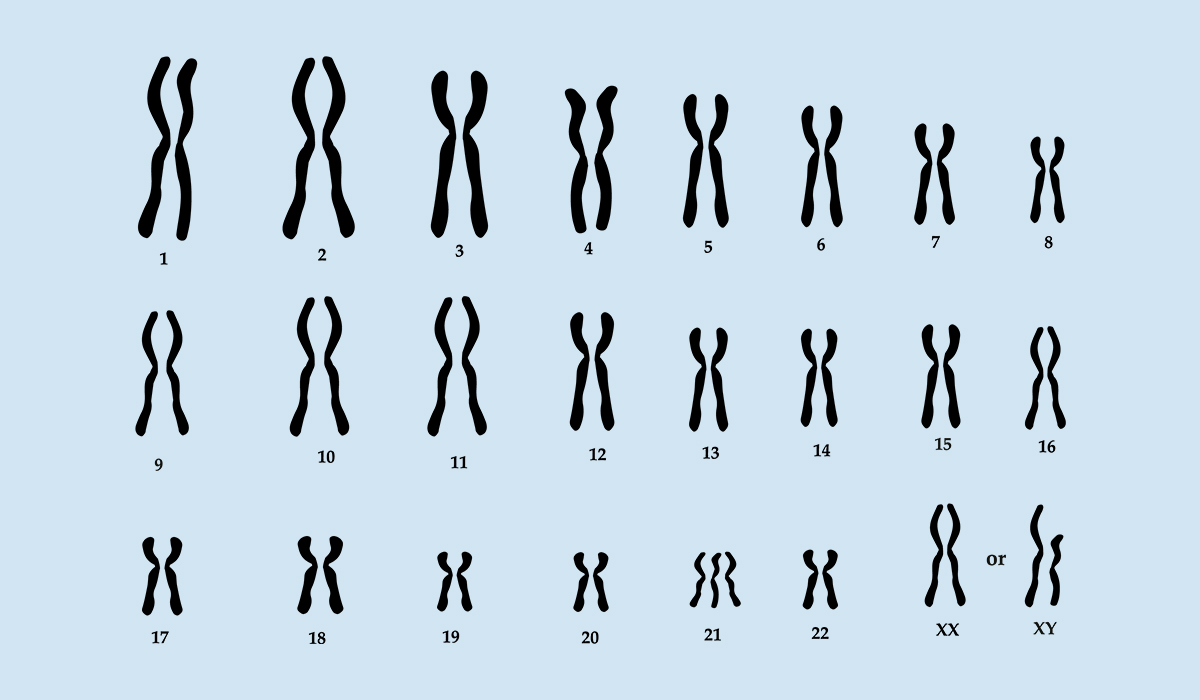
Trisomy is a type of numerical chromosomal aberration. It is the presence of an extra chromosome in a specific pair… read more »
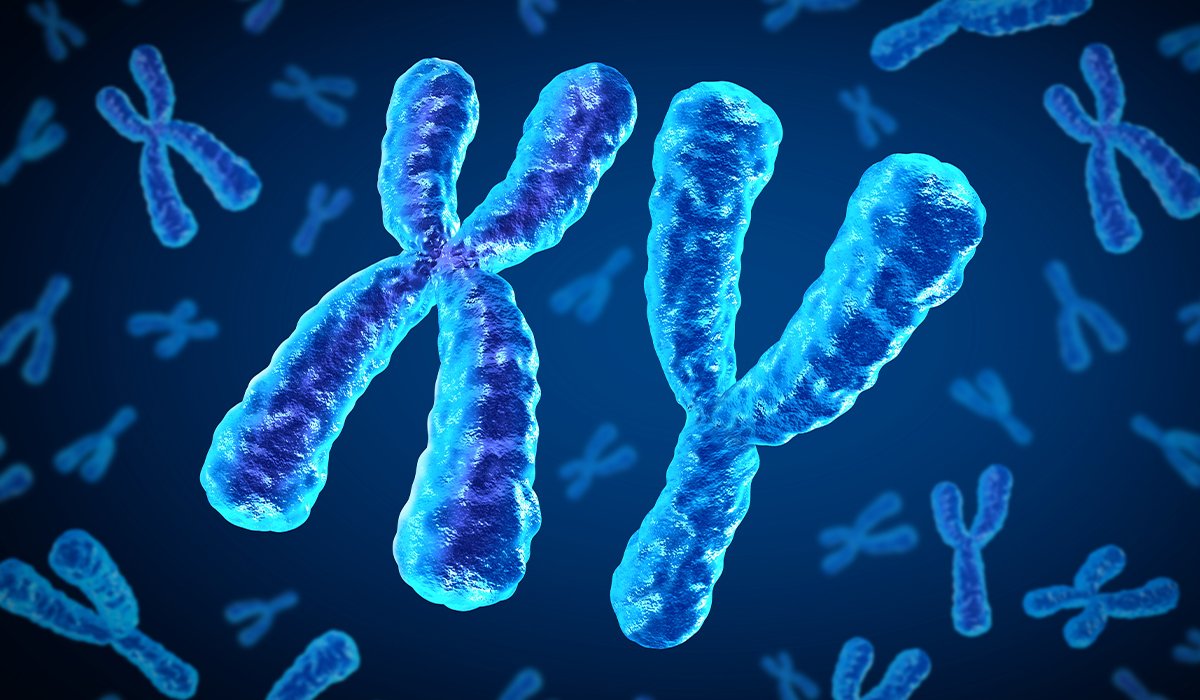
A chromosome is a long, thread-like structure made of DNA and proteins that contains genetic information. What are its function? read more »
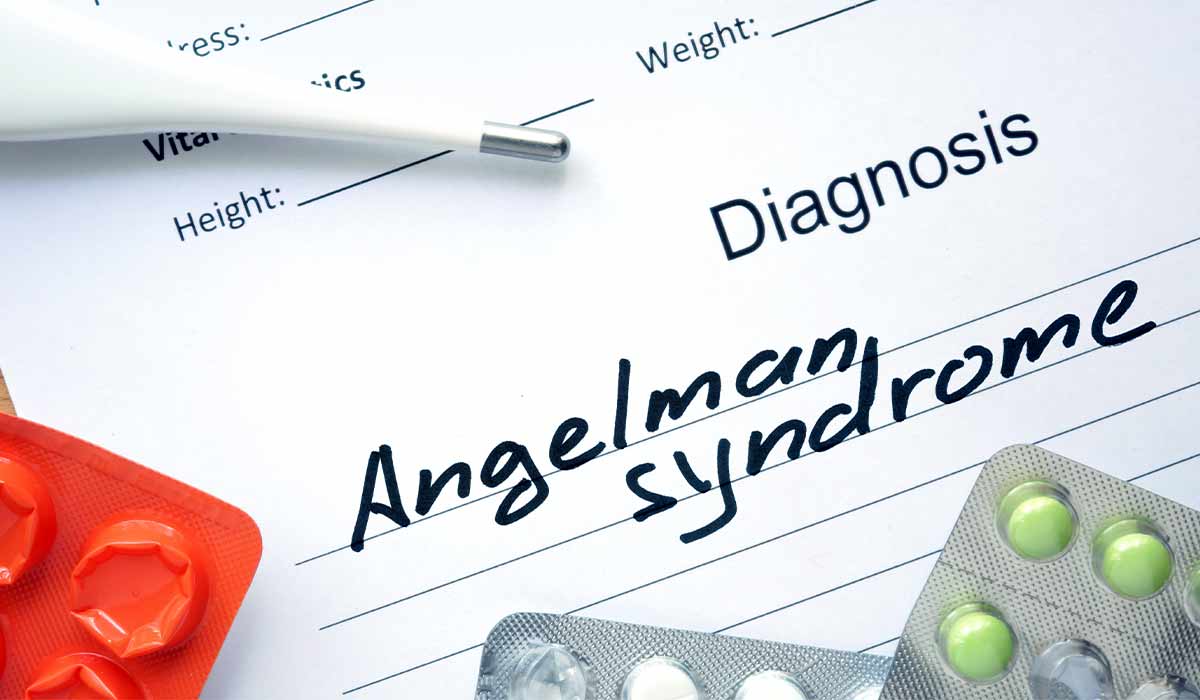
Angelman syndrome is a neurogenetic disorder that is often misdiagnosed. Find out what the characteristic symptoms are and learn about… read more »
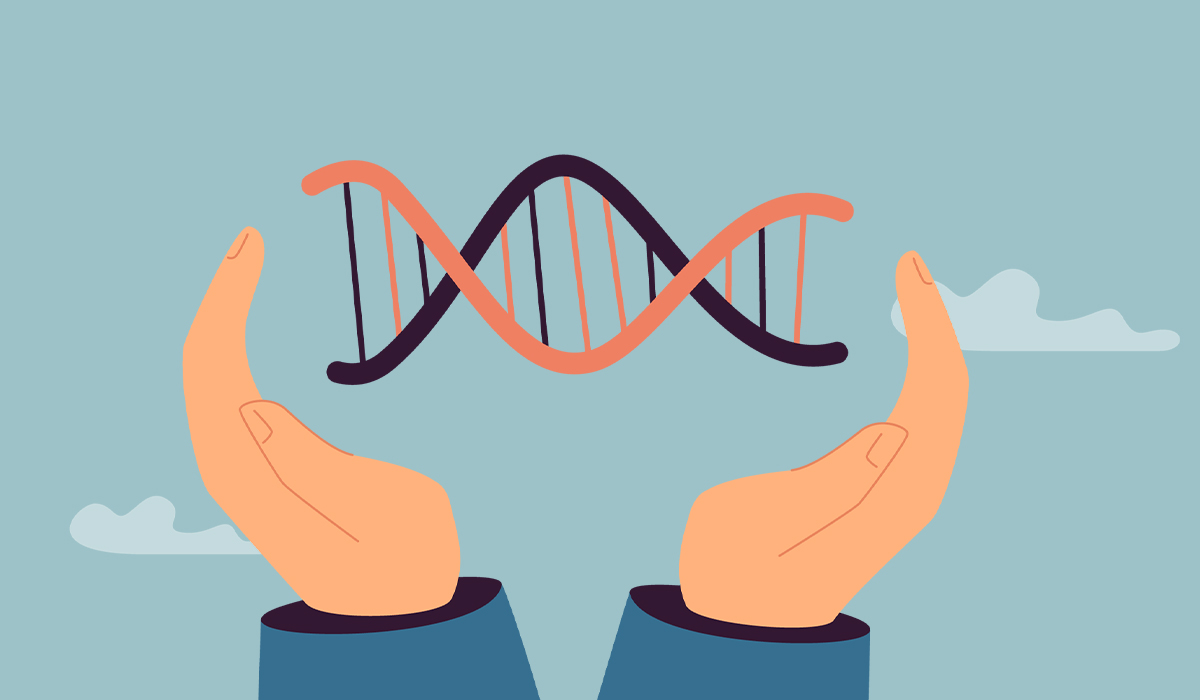
Genetic testing involves analyzing an individual's DNA to identify changes or variations in genes, chromosomes, or proteins. read more »
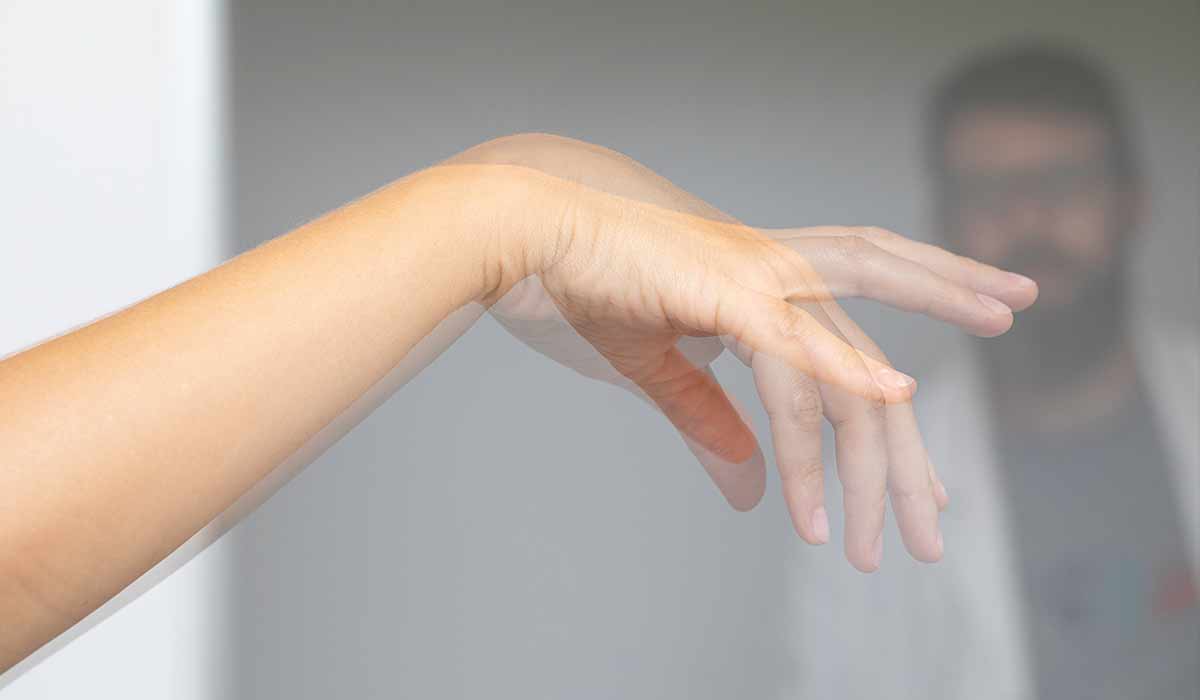
Ataxia is a motor coordination issue when individuals struggle with exact movements, holding the correct posture, or having standard walking… read more »

Basal cell carcinoma (BCC) is a form of cancer that develops in basal skin cells. It usually appears on the… read more »

Blood types, also known as blood groups, are classifications of blood based on the presence or absence of specific antigens… read more »
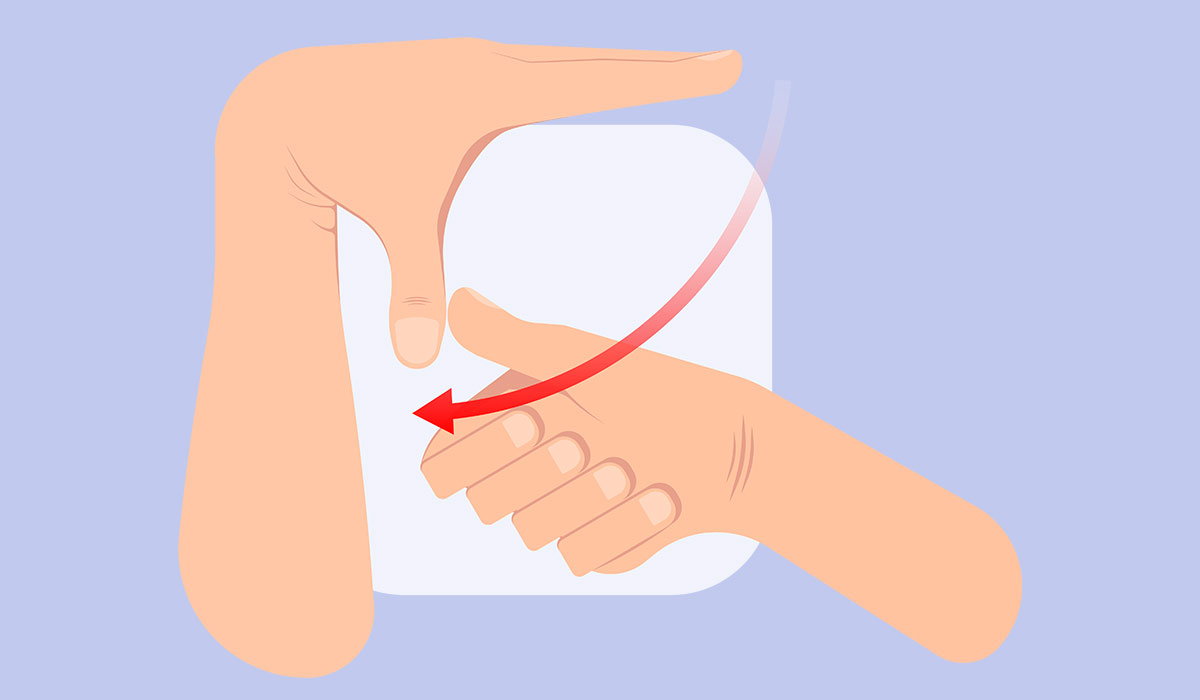
Ehlers-Danlos Syndrome is a group of diseases with a genetic basis. Learn all the symptoms associated with EDS. Find out… read more »

SIDS is the sudden death of an infant without detectable pathological changes. This is unexpected and unexplained. What are the… read more »